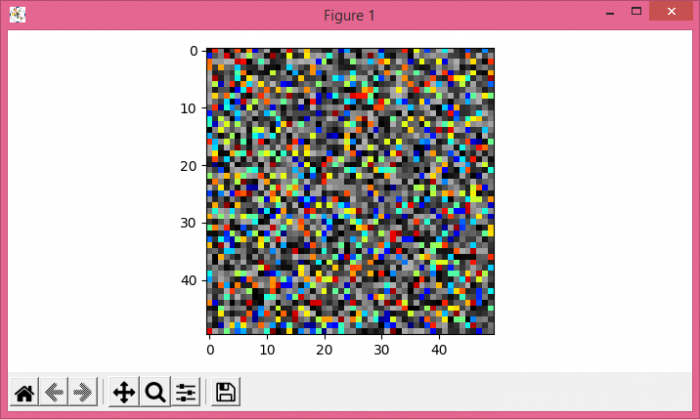
 Data Structure
Data Structure Networking
Networking RDBMS
RDBMS Operating System
Operating System Java
Java MS Excel
MS Excel iOS
iOS HTML
HTML CSS
CSS Android
Android Python
Python C Programming
C Programming C++
C++ C#
C# MongoDB
MongoDB MySQL
MySQL Javascript
Javascript PHP
PHP
- Selected Reading
- UPSC IAS Exams Notes
- Developer's Best Practices
- Questions and Answers
- Effective Resume Writing
- HR Interview Questions
- Computer Glossary
- Who is Who
Setting Transparency Based on Pixel Values in Matplotlib
To set transparency based on pixel values in matplotlib, get masked data wherever data is less than certain values. Lesser value will result in full overlapping between two images.
Steps
Create data1 and data2 using numpy.
Get the masked data using numpy's masked_where() method.
Using subplots() method, create a figure and a set of subplots (fig and ax).
Display the data (data1 and masked data) as an image, i.e., on a 2D regular raster, using imshow() method, with different colormaps, jet and gray.
To display the figure, use show() method.
Example
import numpy as np import matplotlib.pyplot as plt import matplotlib.cm as cm plt.rcParams["figure.figsize"] = [7.00, 3.50] plt.rcParams["figure.autolayout"] = True data1 = np.random.rand(50, 50) data2 = np.random.rand(50, 50) masked_data = np.ma.masked_where(data2 < .7, data2) fig, ax = plt.subplots() ax.imshow(data2, cmap=cm.gray) ax.imshow(masked_data, cmap=cm.jet, interpolation='none') plt.show()
Output


Advertisements
